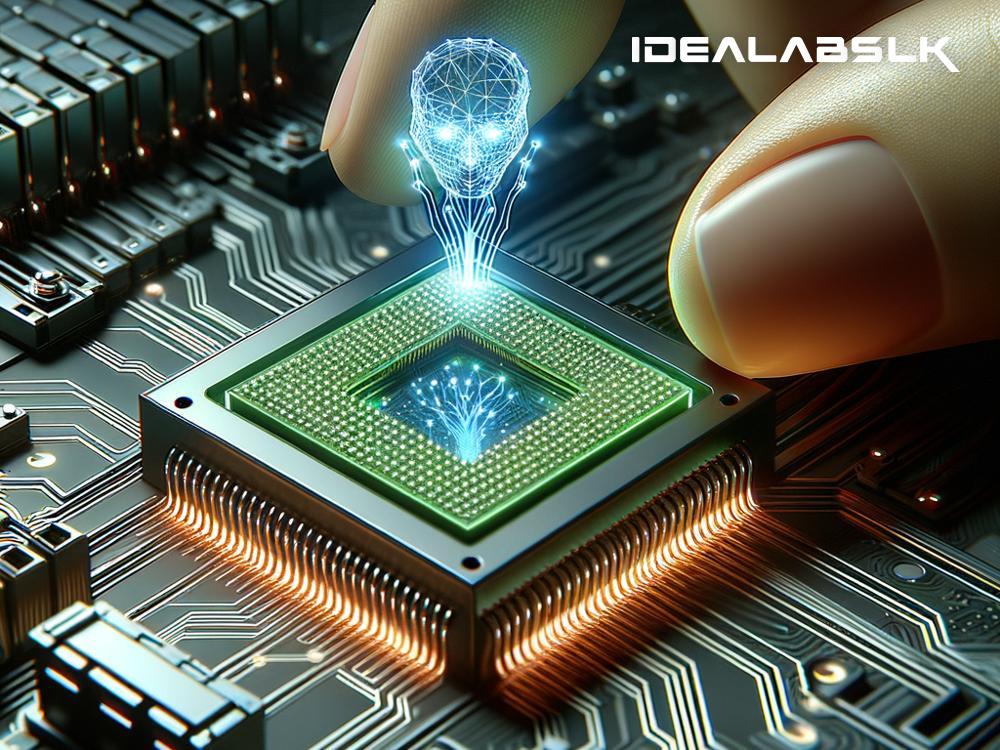Unlocking the Future: The Role of Neural Processing Units (NPUs) in AI Hardware
In today's swiftly evolving world, it feels like we're living in the future that science fiction promised us. Artificial Intelligence (AI) is at the pioneering front of this transformation, shaping how we live, work, and play. But have you ever wondered what makes AI so smart? Much of the magic happens thanks to a powerful piece of technology known as the Neural Processing Unit, or NPU. Let's dive into the simple world of NPUs and understand their indispensable role in AI hardware.
The Brain Behind AI: What is an NPU?
Imagine your brain. Now imagine it's designed specifically to do one thing exceptionally well - learn. That's an NPU in a nutshell. It is a specialized microprocessor designed for the heavy lifting of artificial neural networks - networks modeled on the human brain - powering AI and machine learning tasks. Just like how a graphics processing unit (GPU) accelerates graphics rendering, an NPU accelerates AI processes.
Why NPUs? Why Now?
Artificial Intelligence and its close relative, Machine Learning (ML), are all about patterns. Finding them in data, learning from them, and making decisions based on them. This process requires an enormous amount of computational power. Traditional CPUs (central processing units), the generalists in the world of microprocessors, can handle AI tasks, but they're like taking a one-size-fits-all approach to a specialized problem. Enter NPUs, the specialist hardware that can process AI tasks more efficiently and at a fraction of the power consumption of their generalist counterparts.
The Unseen Heroes
You might not know it, but NPUs are everywhere in the modern tech landscape. They're the unsung heroes making possible the features we've come to rely on and love. Smartphones that recognize your face, virtual assistants that understand your voice, social media apps that automatically tag photos with your friends’ names, and even cars that can drive themselves are all powered by AI running on NPUs.
Bringing the Cloud Down to Earth
One of the most exciting things about NPUs is their ability to bring AI processing from the cloud directly onto devices. This is known as "edge computing," and it's a game-changer. By processing data on the device itself, NPUs can drastically reduce reliance on cloud-based services for AI tasks. This leads to quicker responses, enhanced privacy, and lesser data bandwidth needs. Imagine a smart home that reacts to your preferences in real-time or wearable health devices that monitor and interpret complex health data on the go. NPUs make these and more possible.
The Future is Bright and Fast
As AI continues to evolve, the demands on the hardware that powers it will only grow. More complex algorithms and larger data sets will require faster, more efficient processing units. NPUs are set to play a critical role in meeting these demands, making AI applications more powerful, efficient, and accessible. From augmented reality experiences that are seamless and immersive to intelligent systems that can predict and respond to our needs before we even articulate them, NPUs are paving the way.
Challenges on the Horizon
With all this potential, it's easy to get carried away, but there are significant challenges ahead. Designing NPUs that are universally compatible with various AI algorithms, ensuring privacy and security in a world where devices are increasingly autonomous, and making this technology accessible and sustainable are just a few of the hurdles that need to be overcome.
In Conclusion
The role of Neural Processing Units in AI hardware is profound and transformative. As we stand on the brink of a technological revolution powered by artificial intelligence, NPUs are the engines that will drive us forward. They symbolize a leap towards making AI more efficient, more personal, and more integrated into our daily lives. The possibilities are limitless, and as we unlock these, NPUs will no doubt be at the heart of this exciting journey. The future of AI is not just about software algorithms but equally about the advancements in hardware like NPUs that make the magic happen. So, next time you marvel at an AI-powered feature, remember, there's a good chance an NPU is working hard behind the scenes.

